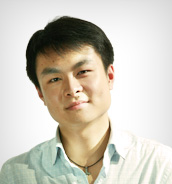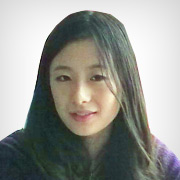第四篇(Unit one Passage 4)
A study of art history might be a good way to learn more about a culture than is possible to learn in general history classes. Most typical history courses concentrate on politics, economics, and war. But art history focuses on much more than this because art reflects not only the political values of a people, but also religious beliefs, emotions, and psychology. In addition, information about the daily activities of our ancestors—or of people very different from our own—can be provided by art. In short, art expresses the essential qualities of a time and a place, and a study of it clearly offer us a deeper understanding than can be found in most history books.
In history books, objective information about the political life of a country is presented; that is, facts about politics are given, but opinions are not expressed. Art, on the other hand, is subjective: it reflects emotions and opinions. The great Spanish painter Francisco Goya was perhaps the first truly “political” artist. In his well-known painting The Third of May 1808, he criticized the Spanish government for its misuse of power over people. Over a hundred years later, symbolic images were used in Pablo Picasso’s Guernica to express the horror of war. Meanwhile, on another continent, the powerful paintings of Diego Rivera, Jose Clemente Orozco, and David Alfaro Siqueiros—as well as the works of Alfredo Ramos Martines—depicted these Mexican artists’ deep anger and sadness about social problems.
In the same way, art can reflect a culture’s religious beliefs. For hundreds of years in Europe, religious art was almost the only type of art that existed. Churches and other religious buildings were filled with paintings that depicted people and stories from the Bible. Although most people couldn’t read, they could still understand biblical stories in the pictures on church walls. By contrast, one of the main characteristics of art in the Middle East was (and still is) its absence of human and animal images. This reflects the Islamic belief that statues are unholy.
1.More can be learned about a culture from a study of art history than general history because art history__.
A.show us the religious and emotions of a people in addition to political values.
B.provide us with information about the daily activities of people in the past.
C.give us an insight into the essential qualities of a time and a place.
D.all of the above.
2.Art is subjective in that__.
A.a personal and emotional view of history is presented through it.
B.it can easily rouse our anger or sadness about social problems.
C.it will find a ready echo in our hearts.
D.both B and C.
3.Which of the following statements is true according to the passage?
A.Unlike Francisco Goya, Pablo and several Mexican artists expressed their political opinions in their paintings.
B.History books often reveal the compilers’ political views.
C.Religious art remained in Europe for centuries the only type of art because most people regarded the Bible as the Holy Book.
D.All the above mentioned.
4.The passage is mainly discussing__.
A.the difference between general history and art history.
B.The making of art history.
C.What can we learn from art.
D.The influence of artists on art history.
5.In may be concluded from this passage that__.
A.Islamic artists have had to create architectural decorations with images of flowers or geometric forms.
B.History teachers are more objective than general history.
C.It is more difficult to study art history than general history.
D.People and stories from the Bible were painted on churches and other buildings in order to popularize the Bible.
第四篇答案:D D D C A
相关推荐:
2010年6月大学英语六级考试汉译英讲义精选 2010年6月英语六级写作及翻译完美解题策略













